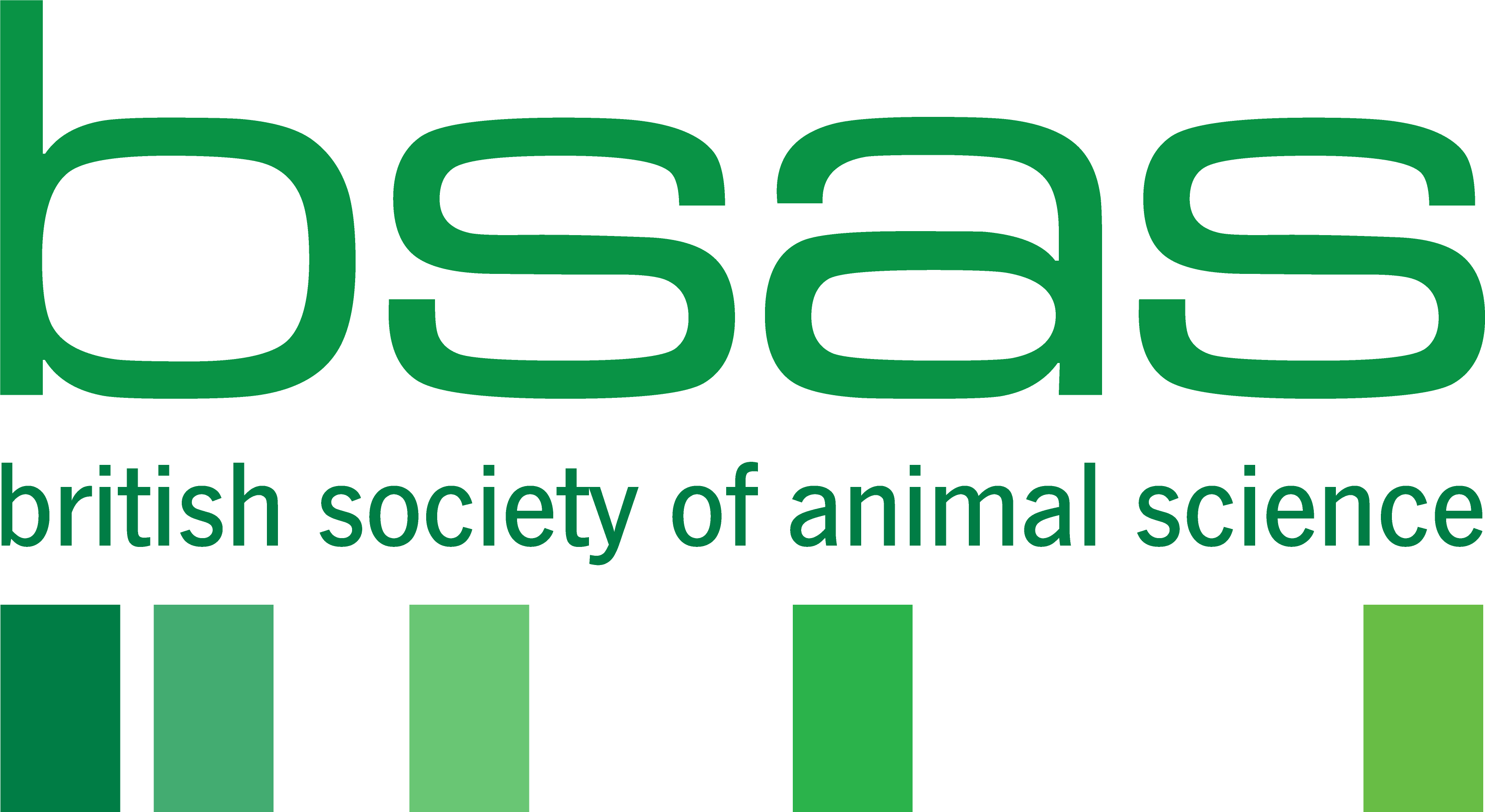
Can the estimated breeding values of an Aberdeen Angus sire predict the performance of their offspring from the dairy herd?
Written by Ellie Westaway and summarised by Eric Newton
Take Home Message
With the rise of sexed semen usage in the dairy industry, replacement heifer production has become more consistent. Along with this streamlining of production, an increase in the popularity of beef produced from formerly sole-dairy production breeds means farmers may increase profitability of their business by crossbreeding sole-dairy females (i.e. Holstein-Friesian (HF)) with sole-beef males (Aberdeen Angus (AA)) to maintain milk production while also increasing the value of the end-product of beef in the case of male offspring. Generally, farmers will utilize metrics such as estimated breeding values (EBV) to pick the right male that will lead to desirable traits within the offspring, but unfortunately EBVs are only comparative within the specific breed. So, the question is, can EBVs be used to accurately estimate progeny performance traits when the male and female are from different breeds? This thesis’ work showed that AA EBVs are generally accurate at predicting desirable performance traits even when this is the result of offspring from parents of two different breeds.
Main Text
The British beef sector is a huge contributor to domestic demand, as a majority, 86%, is supplied via the UK’s own production. While increasing input cost and a drop in the value of basic payouts for British beef has reduced profitability, demand for beef by the British populace consistently has increased year after year with growth in sales attributed to fillet steaks (+14.1%), but also other cuts such as roasting joints and mince. That being said, only 57% of prime cattle carcasses are meeting target classifications, and highlights the need for farmers to seek ways to increase carcass performance. Of this large British beef sector that meets the majority of the demand of the UK, close to half of this product is not necessarily met by sole-beef animals (generally AA), but by, in-part, beef from the dairy herd (generally Holstein x AA)
Given that in order for the dairy herd to sustain milk and replacement production pregnancy of the cow must be achieved, the two options of artificial insemination (AI) or natural service (NS) can be considered. Generally, research has shown that even though AI might be more costly, it is cost-effective, and will lead to long-term profit. This semen for use for the purpose of AI can be sexed, or non-sexed – sexed, meaning that the sperm cells which contain the ‘Y’ chromosome are removed, ensuring that the only available sperm cells contain the ‘X’ chromosome leading to female offspring. While sexed semen has drawbacks due to a more diluted state leading to lower chances of conception, this has been shown to be generally profitable given the undesirable status of dairy males. This has culminated in sexed semen use popularity skyrocketing as 64% of dairy semen sold is sexed in 2021, doubling that of sales in 2019.
With the extensive use of sexed semen, this largely reduces the “problem” of AI leading to less profitable and thus less desirable dairy males, but insemination must occur to sustain milk yield. This can lead to surplus dairy females which is also undesirable in certain instances. Therefore, it is more common now to serve genetically inferior dairy females with beef semen, as females produced will be profitable, and dairy males that are now crossbred can be raised and sustained for ultimately beef sales, as these males will contain beneficial beef-related traits, while serving genetically superior dairy females with sexed dairy semen to produce superior replacement heifers.
In order to increase the value of the offspring as a result of the genetically superior dairy females with the genetically superior dairy males, genetic superiority is determined with the use of modeling values such as EBVs that can determine the most suitable male to be served to the female with semen. Unfortunately, though, as the genetically inferior dairy cows are served with AA semen, EBVs are only comparative and seen to be suitable for judging superiority within breeds. This means that the question exists whether EBVs are a good indicator of progeny when it is a result of crossbreeding HF with AA. Therefore, this thesis and animal trial set out to determine the answers to this exact question.
The results of the animal trial in which HF were served with AA semen and offspring judged by performance traits showed that age-of-slaughter, growth rates, and carcass conformation classification values aligned with high-scoring AA EBVs and as a result showed that EBVs can reasonably indicate the value of an offspring as a result of a cross between HF and AA breeds. This research also indicated the beneficial properties of using EBVs in these scenarios that are becoming more common practice to increase profitability and improve animal welfare.
Ellie Westaway
This study was undertaken by Ellie Westaway during her Agriculture BSc at the University of Reading. Ellie stated “Firstly, I would like to thank Dr Zoe Barker for her support and advice throughout this study. Secondly, I would like to thank the staff at CEDAR for providing the data and supporting this study. Finally, I would like to thank my partner Ollie, my close friends and my family for all their help and support through the challenges I have faced this academic year.”
Eric E. Newton, University of Reading PhD Student
Eric is a member of the BSAS Early Career Council, Young Scientist Representative for the European Federation of Animal Science Nutrition Commission, and is in the final year of his PhD at the University of Reading, where he is studying the effect of alternative supplementation in dairy cattle to the benefit of populational food security through increased animal-sourced food nutrition.
